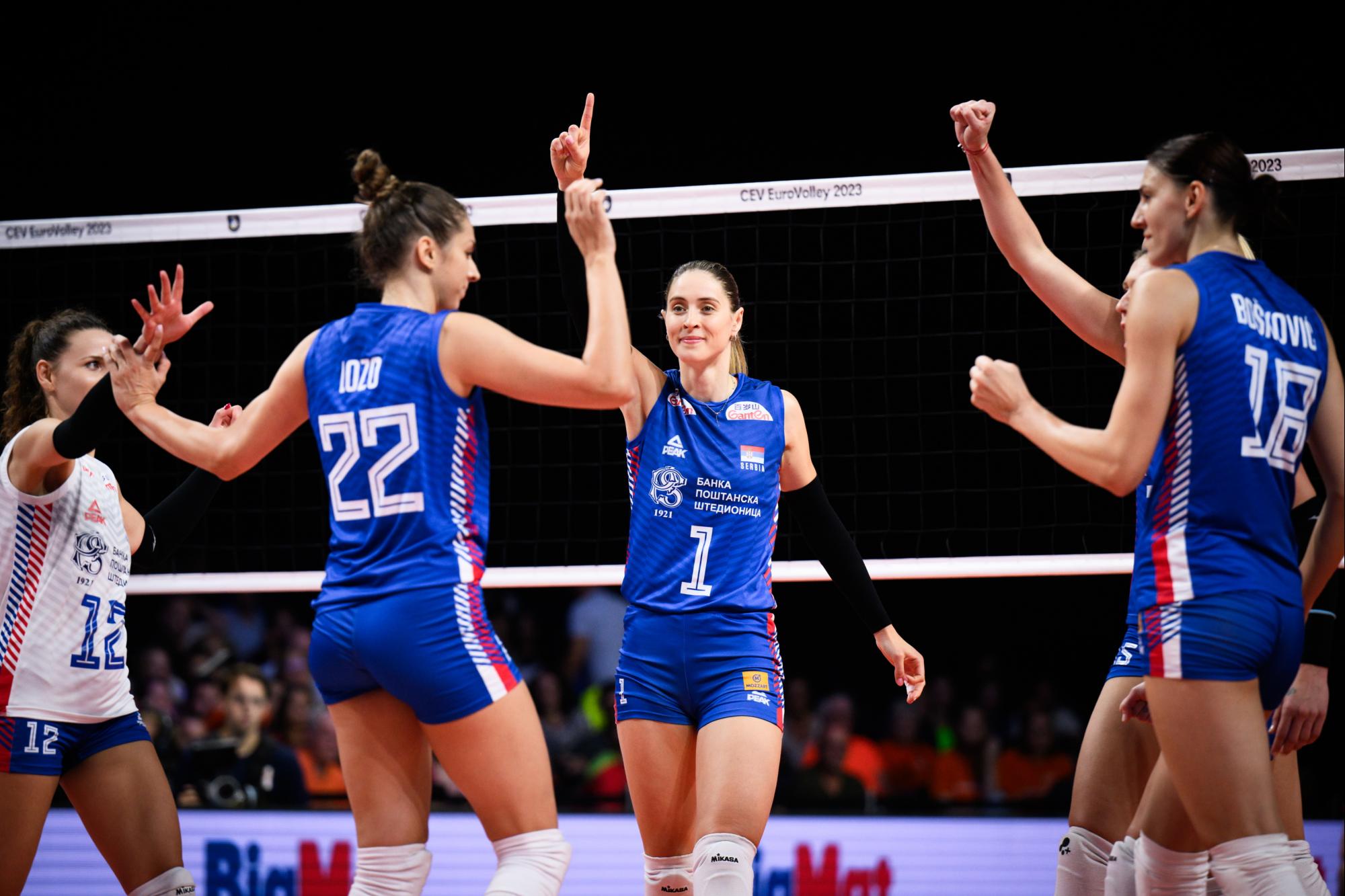During a recent high school tournament, a coach realized something was off—players struggled with their spikes, and serves fell short. Upon inspection, the volleyball net had been set too high. A miscalculation of even a few centimeters can affect game fairness, athlete performance, and injury risk. So it’s essential for sports designers, facility managers, and gear manufacturers to ask the right question early in the design or procurement phase: How Tall Is a Women’s Volleyball Net? This technical detail, although simple, has wide-ranging implications on performance, safety, and regulatory compliance in competitive and recreational volleyball.
Why Net Height Matters in Sports Performance and Safety
Understanding and applying the correct women’s volleyball net height isn’t just a rulebook issue—it directly impacts athlete training, performance development, and safety compliance. A net that’s even slightly too high or too low can distort the mechanics of practice drills, lead to improper muscle engagement, and increase the likelihood of overuse injuries.
Moreover, standardized equipment dimensions promote fairness and skill transferability from one venue to another. Whether it’s youth training sessions, collegiate tournaments, or international matches, maintaining official standards in sports gear ensures uniformity and competitive balance. The difference between youth vs adult standards or even men’s and women’s specifications is crucial. Volleyball is one of the few sports where net height is gender-specific, and choosing the wrong dimensions can undermine an athlete’s growth or sideline a team’s compliance during audits or national events.
Technical Guidelines, Use Cases, and Industry Standards
Official Dimensions and Governing Body Regulations
According to the FIVB (Fédération Internationale de Volleyball) and NCAA standards, the official net height for women’s indoor volleyball is 2.24 meters (7 feet 4 1/8 inches). This measurement is taken at the center of the net and may be checked for accuracy during official tournaments or league play.
Other governing bodies, such as NFHS (National Federation of State High School Associations) and USA Volleyball, align with this height for women’s volleyball but may allow minor tolerances for recreational leagues, provided safety is not compromised.
For beach volleyball, however, the standard is slightly different. Women’s beach volleyball net height is 2.24 meters as well but requires a different setup due to outdoor wind factors and support pole configuration.
Age and Gender-Based Adjustments
For younger athletes, particularly those under the age of 14, net heights are adjusted downward to accommodate skill levels and developmental biomechanics. Girls’ volleyball teams aged 12 and under often play on nets that are 2.13 meters (7 feet) tall, while even lower setups are used in modified programs for beginners or introductory school leagues.
For mixed-gender recreational games or co-ed tournaments, standard men’s net height (2.43 meters or 7 feet 11 5/8 inches) may apply. However, competitive organizers may choose adjusted standards depending on the average team composition and the level of play.
Equipment Materials and Setup Considerations
Designing and sourcing volleyball nets involves more than measuring string and height. Compliance starts with the frame construction—which must support net tension without sagging—followed by the adjustability of support poles, pulley systems, and padding for safety. Facility managers and procurement teams must ensure that volleyball net systems are tested for weight distribution, tension durability, and resistance to repeated setups.
For example, aluminum uprights are preferred for professional arenas due to their lightweight and corrosion resistance, while steel posts might be more suitable for long-term use in school gyms. Additionally, net height adjustability is vital for facilities that host both women’s and men’s games or cater to multiple age groups.
Practical Application and Field Mistakes
A common error in amateur venues is using a single net height across all matches regardless of player demographics. This oversight can disrupt training programs and expose facilities to liability concerns. Coaches often find themselves re-training techniques developed on improperly adjusted nets, costing both time and competitive advantage.
To prevent this, procurement officers and sports designers must work with verified manufacturers who understand these sport-specific parameters. Having clear, adjustable net markers on support posts and height locks with gauge indicators can help avoid setting errors during daily setup and teardown.
Choosing the Right Sports Equipment Supplier
In an increasingly competitive sports equipment landscape, buyers must prioritize durability, adjustability, official compliance, and long-term customer support. Cheap imports or uncertified gear can quickly become a liability—not only physically but also legally—if they fail to meet regulation or pose injury risks.
This is where MXY Sports positions itself as a trusted partner. With a comprehensive inventory of volleyball nets, court systems, and accessories, MXY ensures each product meets or exceeds NCAA, FIVB, and NFHS standards. Our offerings include adjustable net systems tailored for schools, clubs, and multi-purpose facilities—backed by expert content and professional sports knowledge.
MXY also supports procurement teams with technical specifications, installation guidance, and post-sale support, ensuring long-term reliability and smooth compliance audits. Our netting solutions are not just high-quality; they’re also informed by on-field experience and the evolving needs of modern athletic programs.
Final Thoughts: Get the Height Right, Every Time
When it comes to women’s volleyball, getting the net height right is far more than just a measurement—it’s a commitment to athlete safety, fairness, and professional sports training. Whether you’re outfitting a collegiate gym or designing a multi-sport facility, respecting official equipment standards ensures that every serve, block, and spike happens under the right conditions.
Facility managers, engineers, and procurement professionals should never compromise on something as seemingly small as net height. Instead, rely on proven industry partners like MXY Sports to deliver reliable, regulation-ready solutions that perform at every level.
